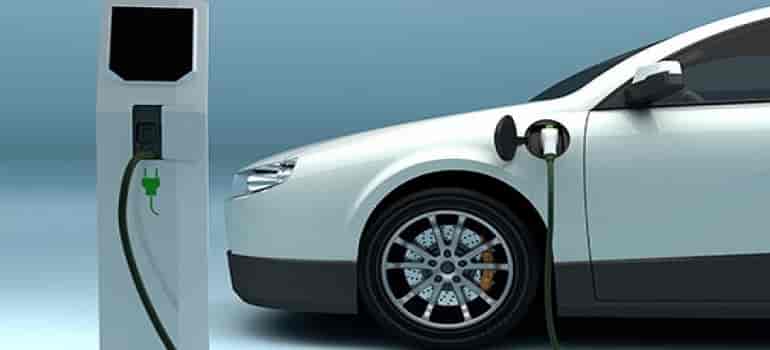The future of mobility is rapidly shifting towards electric vehicles (EVs). With advances in technology and a growing awareness of the environmental impact of fossil fuels, more and more individuals and organizations are turning to EVs as a cleaner, more efficient alternative to traditional gasoline and diesel vehicles.
One of the main advantages of EVs is their lower operating costs compared to internal combustion engine (ICE) vehicles. This is due to the fact that electricity is a much cheaper fuel source than gasoline or diesel, and EVs also have fewer moving parts, which leads to less maintenance and repair costs. Additionally, EVs produce zero emissions, making them a more sustainable transportation option.
Another benefit of EVs is that they can be charged from a variety of sources, including from renewable energy sources such as solar and wind power. This allows for a reduction in dependence on fossil fuels and a reduction in greenhouse gas emissions. Furthermore, with the development of smart grid technology, EVs can also be used as a form of energy storage, helping to balance the supply and demand of electricity on the grid.
In order to fully realize the potential of EVs, there must be a comprehensive infrastructure in place to support them. This includes a network of charging stations, as well as the development of battery technology to improve the range and performance of EVs. Governments and private organizations are investing in the development of these infrastructure and technology.
Despite the benefits of EVs, there are still some challenges that must be overcome. One of the main challenges is the high cost of batteries. However, as the demand for EVs increases and battery technology improves, the cost is expected to decrease. Another challenge is the lack of a widespread charging infrastructure, which makes it difficult for EV owners to travel long distances. However, with the continued growth of the EV market and increased investment in charging infrastructure, this is expected to improve.
Overall, it is clear that EVs are the future of mobility. With their lower operating costs, zero emissions, and potential to be powered by renewable energy, they are a more sustainable and efficient alternative to traditional ICE vehicles. As technology and infrastructure continue to improve, we can expect to see a significant increase in the adoption of EVs in the coming years.


